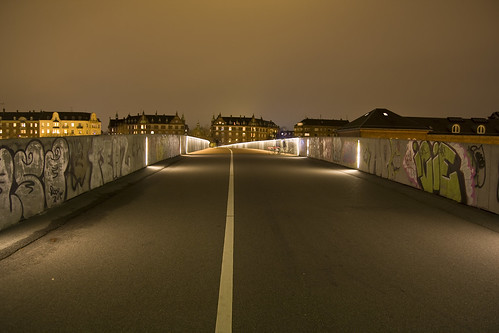Dripping Lights
How exactly are we using light? Are we lighting what we need or are we lighting the surrounding plus everything else, wasting energy? Light has become a resource in our western societies that is being taken as a given available with the flick of a finger.
Street lights are recorded to be as old as 1405 in the city of London. Back then lanterns were to be hung outside houses along major roads. Several standards and specifications were released for the candles used. Only in 1807 the first gas lams were introduced into Golden Lane in London to replace the oil lamps.

Image taken from Architect / Street lights and context lighting above the urban area in the background.
Street lighting has come a long way since then and today all urban roads and alleyways are lit. Actually over lit in most cases emitting much light unnecessary into the sky. A lot of the lamp designs are very ineffective emitting the light upwards were it disappears into the sky without brightening the context.
The same is true for many privat light around houses, front and backgardens. Light in the dark is only really effective if it is directed at a surface and the lamp design should reflect this. If not unnecessary light pollution is produced affecting the environment. We have reached quite high levels of light pollution in urbanised areas, with most parts of Europe are.

Image taken from Wikimedia / Europe being light. False colours show various intensities of radiation, both direct and indirect, from artificial light sources that reach space.
This pollution is causing foremost wast of energy but also has direct environmental impacts. This is known as ecological light pollution. Nighttime light may for example interfere with the ability of moths and other nocturnal insects to navigate. Lights on tall structures can disorient migrating birds.
These problems have only begun to enter the public discussion and some cities around Europe have started to redesign lighting concepts for streets and squares as well as other infrastructures. This is usually done in lighting masterplans were the existing and the new light sources are taken into consideration.
FOr example only last week a proposal to dimm the light on A roads in the UK during ‘quiet’ times was presented by the Highways Agency according to BBC. It is however argued for under the umbrella of cost saving rather than environmental points.
Light not only just purs like a liquid, but if it would it could look like this. Energy and light saving visualised beautifully by Sunday / Paper. Via The Atlantic.
